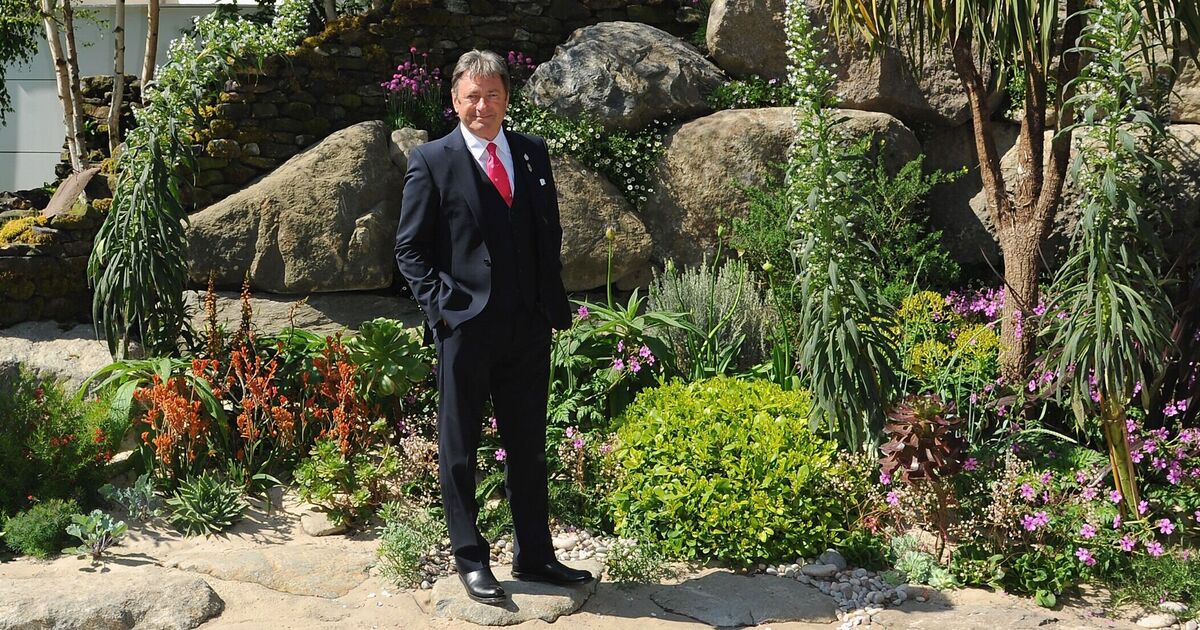Hanging baskets are a charming way to add colour to your home’s exterior, but they come with the challenge of needing substantial watering, especially during frequent heatwaves.
Alan Titchmarsh, the beloved gardening guru from Gardeners’ World, has revealed three innovative ideas for hanging baskets, including one that features drought-tolerant succulents.
Yet, his top tip for creating a new hanging basket involves an inexpensive but crucial item found at any garden centre.
On his new YouTube channel, Gardening with Alan Titchmarsh, he advocates for the use of water-storing crystals, detailing their benefits: “You can add them to the compost, sprinkle them in, work them in with your fingers, and once water hits that, they expand and they become a kind of gel. They stop the hanging basket drying out.”
Alan muses on the polarising nature of hanging baskets: “The funny thing about hanging baskets is they divide the population,” he says, adding: “You either love them or loathe them.”
Typically constructed from plastic-coated wire or lightweight plastic, these baskets are lined with natural materials such as coco coir, jute, or moss.
Alan advises securing a robust, wide-framed hanging basket and placing it atop a bucket for stability as you introduce your greenery.
He suggests cutting holes in the coir mat to let some plants show through, explaining: “Otherwise, you end up looking at a load of wire and coir rather than plants.”
For the best results, he recommends opting for trough and basket compost that’s been specifically formulated for the task, rather than just any peat-free compost.
To ensure your floral displays remain vibrant even on sweltering days, Alan suggests incorporating water-storing crystals into your compost mix, preventing your plants from wilting when you return home after a long day.
When planting around the edges, use the cut-out coir pieces to neatly fill any gaps, creating a lush, full appearance.
He highlights several plants that thrive in hanging baskets, such as ivy, which offers an elegant trailing effect, and bacopa Megacopa Blue, known for its stunning bluish-purple flowers that drape gracefully over the basket’s edge and bloom from June to October.
Alan also endorses Diascia Flying Colours Appleblossom for its charming pink flowers that last from summer through early autumn, and Million Bells, or Calibrachoa, with its delightful, petunia-like blossoms.
Alan’s most intriguing suggestion is his all-succulent basket, noting: “They have their own in-built supply of water in these fleshy leaves and they can go without water for days.”
While succulents may be seen by some as a bit boring, there are flowering varietes such as Echeveria. Echeveria plants are relatively straightforward to cultivate, thriving in bright yet indirect sunlight.
They don’t need much watering, but it’s best to use collected rainwater instead of tap water, as many succulents take a dislike to fluoride.
The key point to remember with Echeveria is to bring it indoors before the onset of the first frost – it has a real aversion to the cold

